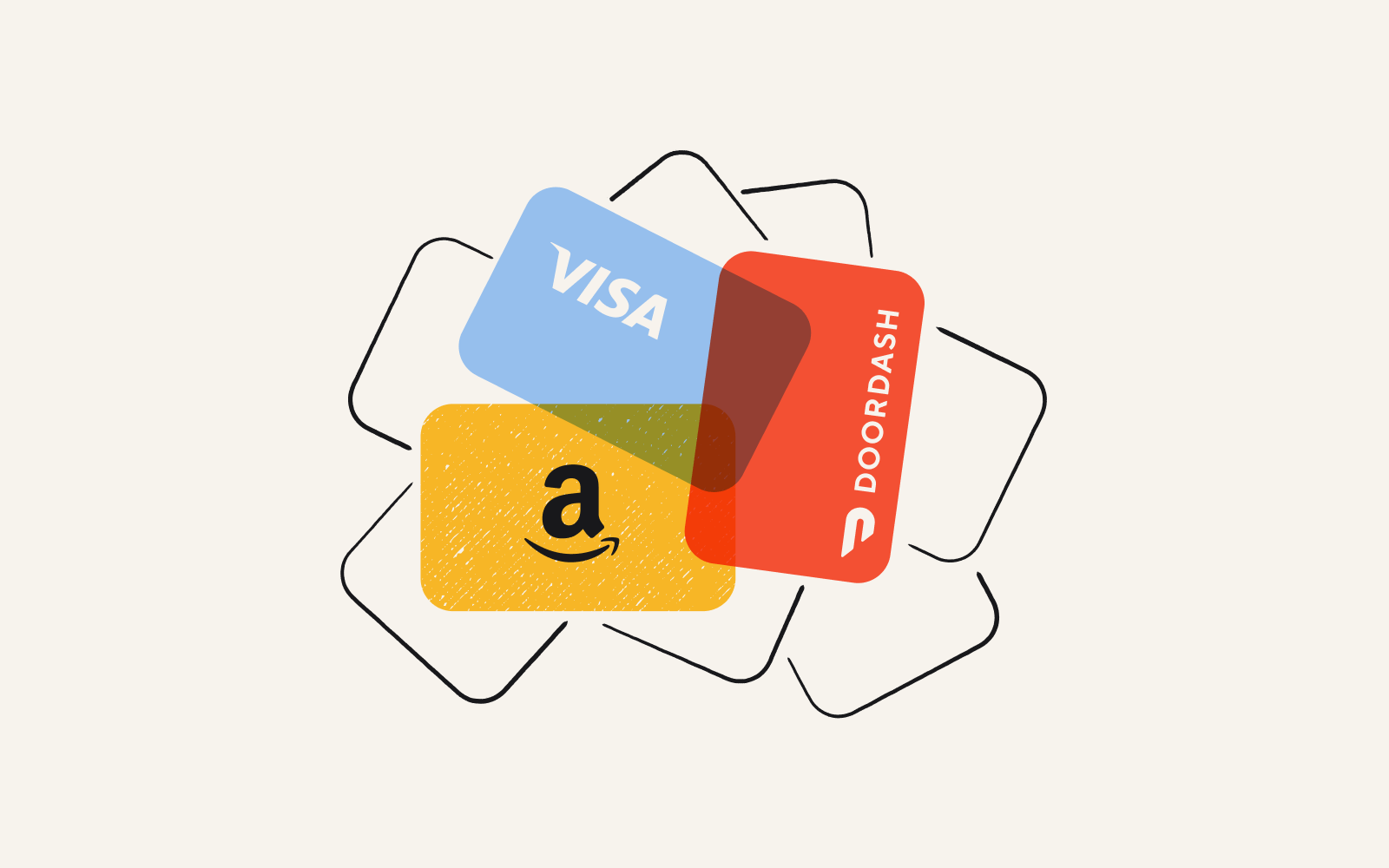How to make the case for research incentives to your boss
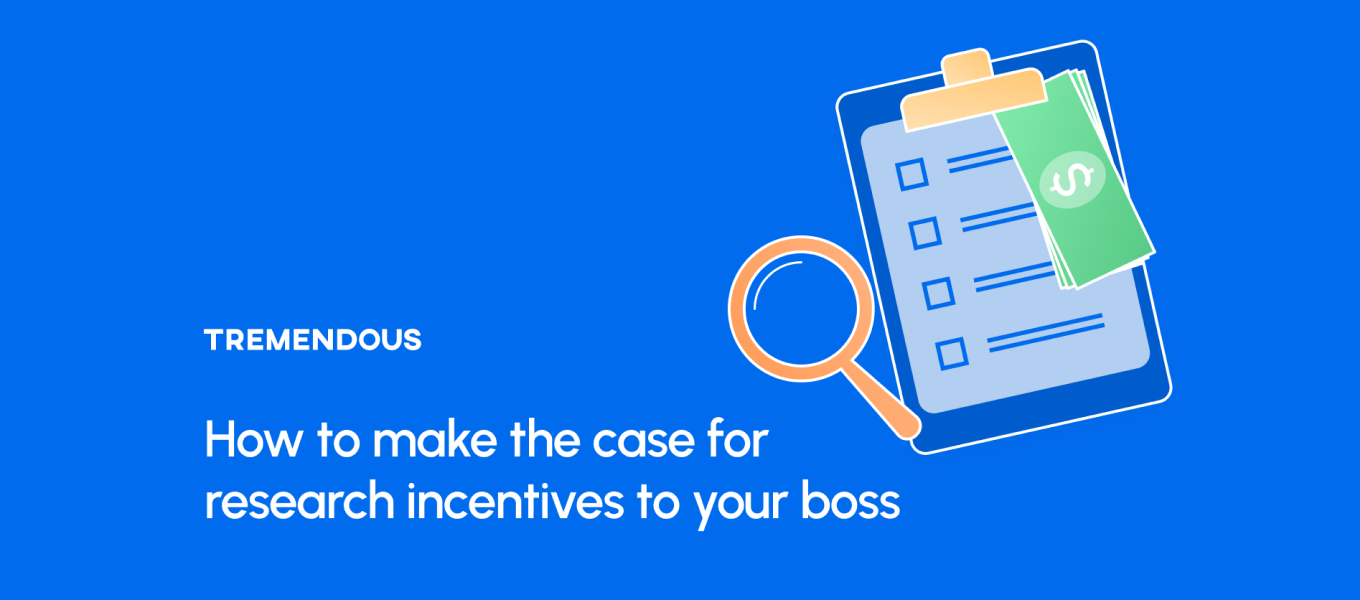
Getting participants for your study usually requires a budget. We explain why research incentives are a worthwhile expense.
Say your workplace wants to launch a study. They’re doing market research, trying to optimize their user experience, or conducting some kind of academic analysis.
What’s the easiest way to make sure the study has enough participants? Or enough participants from the specific demographic you’re targeting?
The short answer: pay them.
Some sort of financial compensation like a cash payment, gift card, or charitable donation in the participant's name can increase study participation by between 30-49%.
Research incentives show participants that the company requesting their services recognizes their value, effort, and expertise. They also require a budget.
Securing a budget for research incentives necessitates sign-off from your boss or other higher-ups.
This can be a fraught proposition if your team doesn’t understand your goals for the study, the value it will bring to the company, or how research incentives are key to helping you get there.
But we’re here to help.

The evidence in favor of research incentives
Research incentives can nearly double participation rates compared to voluntary participation.
A study from BMC Medical Research found that “the likelihood of returning a survey increased by thirty percent for those who received an incentive offer.”
Other reviews found that adding a monetary incentive improved participation by up to forty-nine percent.
While not as impactful as cash or gift cards, non-monetary incentives also result in better participation numbers than offering no incentive at all.
Non-monetary incentives can include things like a limited-time subscription or discount code for your product. You might also consider free merchandise, event tickets, or entry into a contest or sweepstakes.
If you’re not convinced by the statistics in favor of research incentives, you should note that “poor participant recruitment is the most frequent reason for the premature discontinuation of randomized clinical trials.”
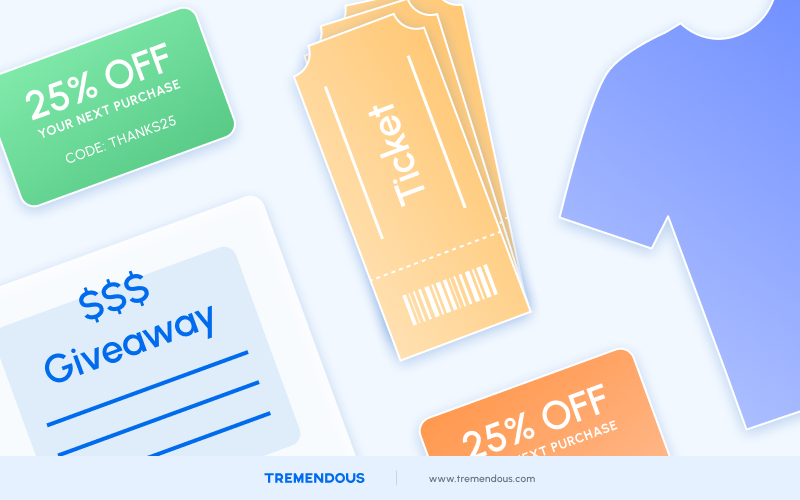
If the info you want to gather is important to the company, then it’s crucial to invest in research incentives. If you’re not able to convince people to participate in your study or survey, there is no way for it to be successful.
The business case for research incentives
A study is only successful if the information you’re gathering is accurate and elicits feedback relevant to your goals.
Research incentives put businesses in a much better position to capture harder-to-reach audiences. They also help to attract higher-quality, more committed participants, and make it a lot easier to survey a statistically significant sample size.
Even without incentivizing participants, user research and market research are both time and cost-intensive endeavors. Salaried employees spend hours per week interviewing users and customers.
And teams leverage this data to make crucial product decisions.
Poor data, insignificant sample sizes, and non-representative survey participants skew information to the extent that it becomes unreliable and, frankly, unusable.
This results in hours of wasted and unproductive time on the part of researchers, product teams, and developers.
Paying research participants reduces the likelihood these efforts will be fruitless and ensures research, product, or engineering teams are going down a path that’s a lot closer to a profitable avenue.
While incentives do necessitate some upfront costs, they pay dividends in the form of more reliable data.
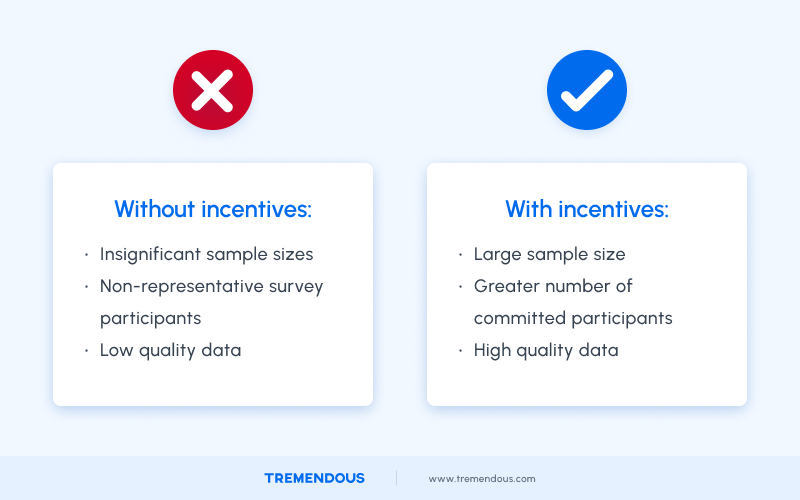
Examples of successfully using research incentives
Conducting studies and surveys can offer all sorts of internal and external information about your company.
With most studies, the goal is to have as high a response rate as possible. Across North America, there are thousands of examples of organizations using research incentives to boost participation rates.
The American government has been known to use monetary incentives for completed surveys, with participation numbers going up when money is offered.
The thought process behind offering cash for responses is to demonstrate to participants that the information gleaned from the survey is important enough to pay for.
Fast food company Taco Bell has been known to make changes to its stores and menus based on surveys from its customers.
The research incentive offered for participation in their customer satisfaction survey is a sweepstakes with a $500 grand prize.
The Center for Decision Studies at Columbia Business school pays participants for participation in studies.
What that participation looks like varies depending on the project, but recent surveys have included short cognitive tests, general questions about politics, and assessments of participants' understanding of climate.
Analysis from User Interviews — a firm dedicated to helping teams discover user insights — confirmed that monetary incentives have a big impact on a company's ability to recruit high-quality participants for research sessions.
They put together guidelines on how much to pay based on what type of participants you need to talk to, where your sessions will take place, and whether the sessions are moderated or unmoderated.
When thinking about your budget for research incentives, it's important to consider who you're trying to attract and the appropriate incentive to get their attention. It’s also important to make sure that the incentive you’re offering is not skewing the information you receive or creating biases.
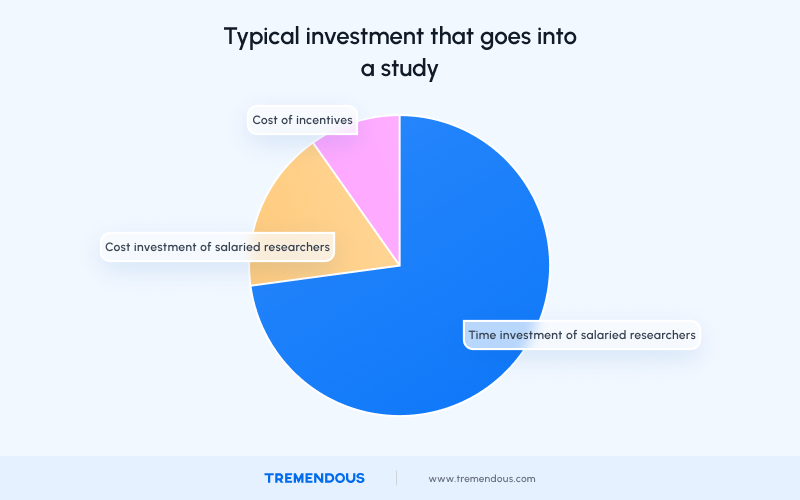
Why do research incentives work?
A 2022 study found that research incentives “reduce the rate of recruitment failure and subsequent study termination.”
It’s also been proven that using research incentives lead to better participation numbers for studies and surveys in general.
Simply put: research incentives work because they’re showing participants that the information they're providing is important and compensating them accordingly.
Conclusion
Research incentives make participants in studies and surveys feel valued. They’re often a necessity when targeting folks from specific demographics.
Participation levels in studies nearly double with monetary incentives in place, though other incentives can also be impactful.
If you have a clear purpose for your study or survey, making the investment in research incentives is the best way to see that study through to fruition.
If your boss is invested in the study or research itself, it’s in their best interest to ensure the data gleaned from the study is as reliable as possible.
Research incentives are a definitive tool for increasing sample size and yielding statistically significant results.

